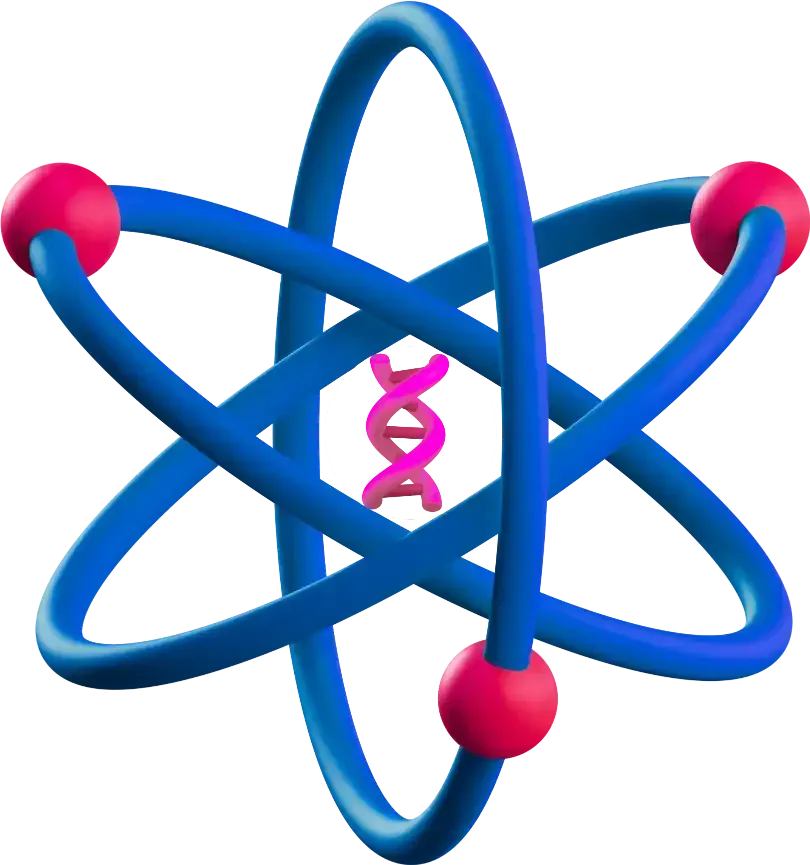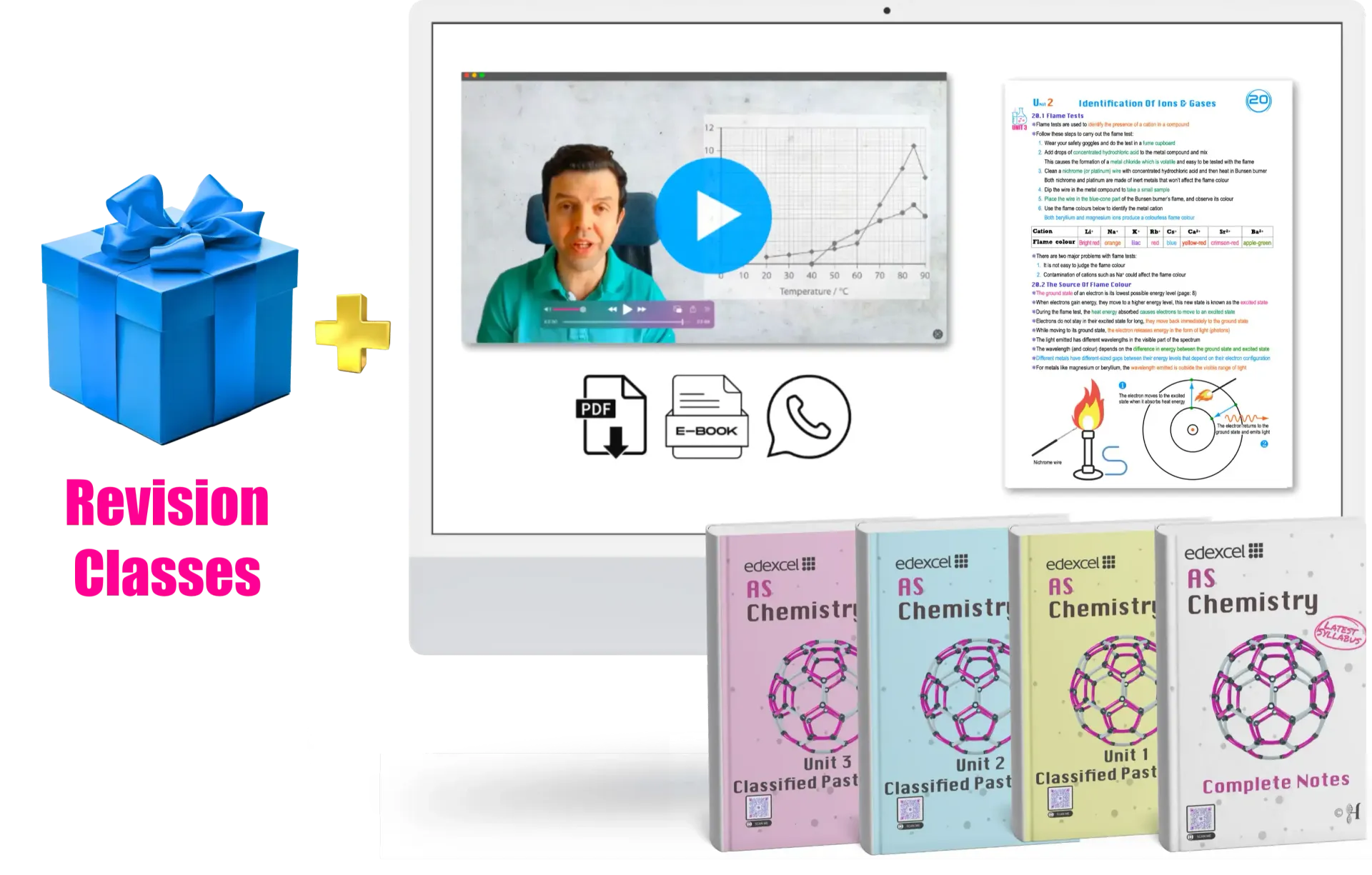Edexcel IAL Chemistry Topic 10A & 10B
specification
Checklist
(2025–2026 Exams)
Topic 10: Organic Chemistry – Halogenoalkanes, Alcohols and Spectra
10A: General Principles
Be able to classify reactions (including those in Unit 1) as addition
, elimination
, substitution
, oxidation
, reduction
, hydrolysis
or polymerisation
Understand the concept of a reaction mechanism
Understand that heterolytic bond breaking
results in species that are electrophiles
or nucleophiles
Know the definition of the term ‘ nucleophile
’
Understand the link between bond polarity
and the type of reaction mechanism a compound will undergo
10B: Halogenoalkanes
Understand the nomenclature of halogenoalkanes
and be able to draw their structural, displayed and skeletal formulae
Understand the distinction between primary
, secondary
and tertiary halogenoalkanes
Understand the reactions of halogenoalkanes with:
– Aqueous alkali, including KOH(aq) to produce alcohols (where the hydroxide ion acts as a nucleophile)
– Ethanolic potassium hydroxide to produce alkenes by an elimination reaction (where the hydroxide ion acts as a base)
– Aqueous silver nitrate in ethanol (where water acts as a nucleophile)
– Alcoholic ammonia under pressure to produce amines (where the ammonia acts as a nucleophile)
– Alcoholic potassium cyanide to produce nitriles (where the cyanide ion acts as a nucleophile)
(This is an example of increasing the length of the carbon chain.)
– Aqueous alkali, including KOH(aq) to produce alcohols (where the hydroxide ion acts as a nucleophile)
– Ethanolic potassium hydroxide to produce alkenes by an elimination reaction (where the hydroxide ion acts as a base)
– Aqueous silver nitrate in ethanol (where water acts as a nucleophile)
– Alcoholic ammonia under pressure to produce amines (where the ammonia acts as a nucleophile)
– Alcoholic potassium cyanide to produce nitriles (where the cyanide ion acts as a nucleophile)
(This is an example of increasing the length of the carbon chain.)
Understand the mechanisms of the nucleophilic substitution reactions
between primary halogenoalkanes and:
– Aqueous potassium hydroxide
– Ammonia
(SN1 and SN2 substitution mechanisms will be tested in Unit 4.)
– Aqueous potassium hydroxide
– Ammonia
(SN1 and SN2 substitution mechanisms will be tested in Unit 4.)
Understand that experimental observations and data can be used to compare the relative rates of hydrolysis
of:
– Primary, secondary and tertiary structural isomers of a halogenoalkane
– Primary chloro-, bromo- and iodoalkanes using aqueous silver nitrate in ethanol
– Primary, secondary and tertiary structural isomers of a halogenoalkane
– Primary chloro-, bromo- and iodoalkanes using aqueous silver nitrate in ethanol
CORE PRACTICAL 5
: Investigation of the rates of hydrolysis of some halogenoalkanes.
Know the trend in reactivity
of primary, secondary and tertiary halogenoalkanes
Understand, in terms of bond enthalpy
, the trend in reactivity of chloro-, bromo- and iodoalkanes
CORE PRACTICAL 6
: Chlorination of 2-methylpropan-2-ol with concentrated hydrochloric acid.
Further suggested practicals:
– The use of silver nitrate solution to identify the halogen present in halogenoalkanes
– Preparation of 1-bromobutane from butan-1-ol, potassium bromide and sulfuric acid
– The use of silver nitrate solution to identify the halogen present in halogenoalkanes
– Preparation of 1-bromobutane from butan-1-ol, potassium bromide and sulfuric acid

